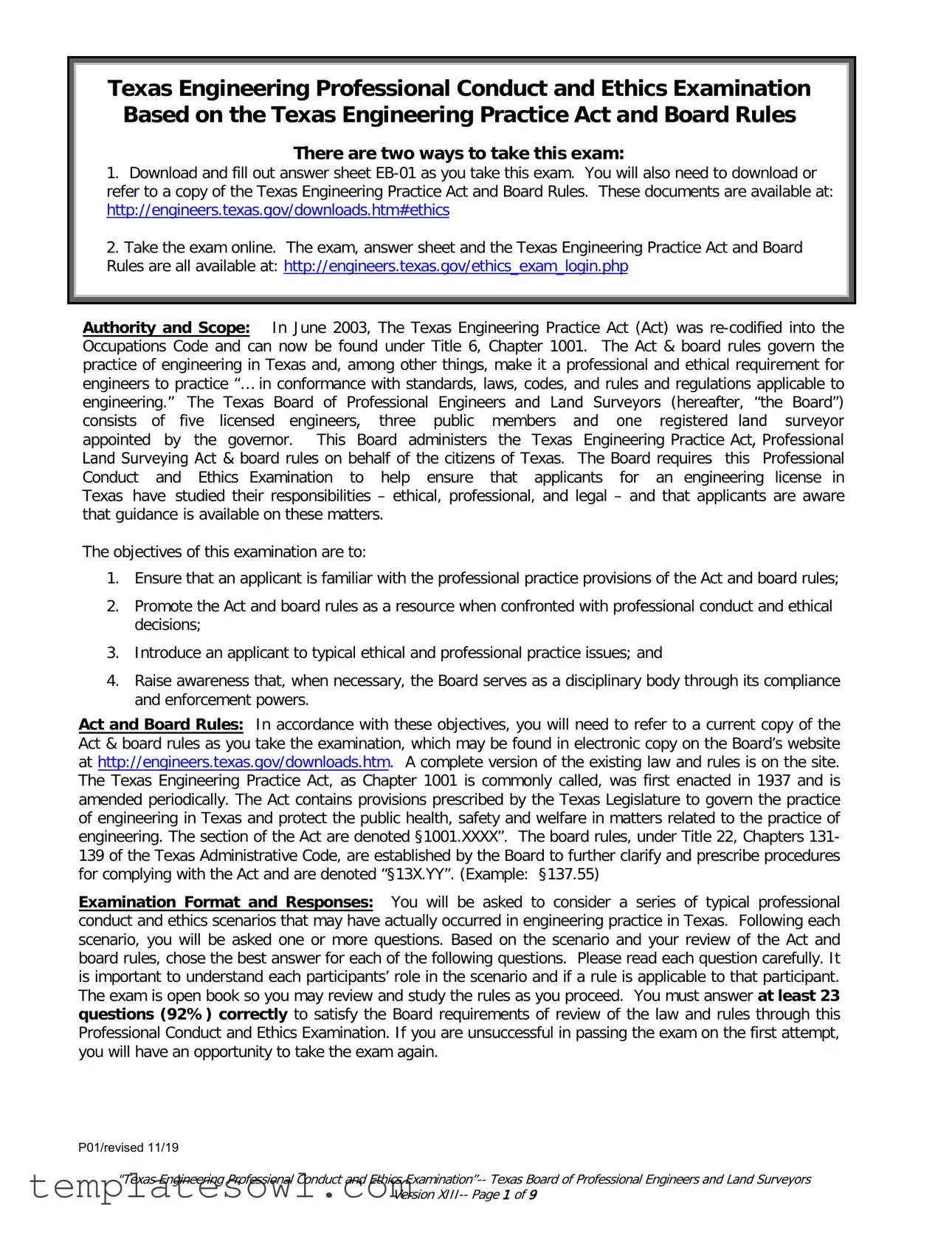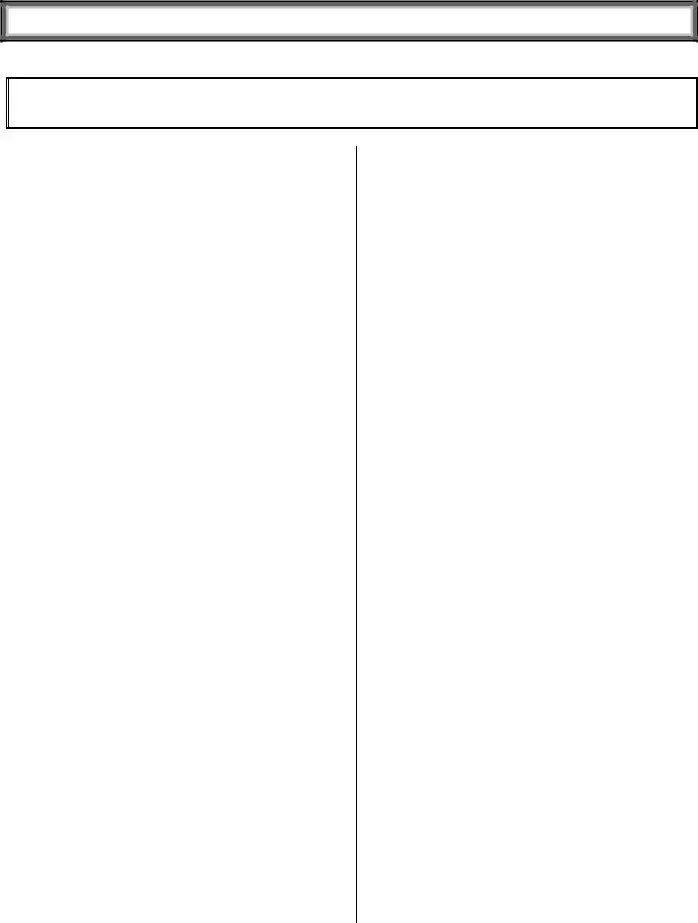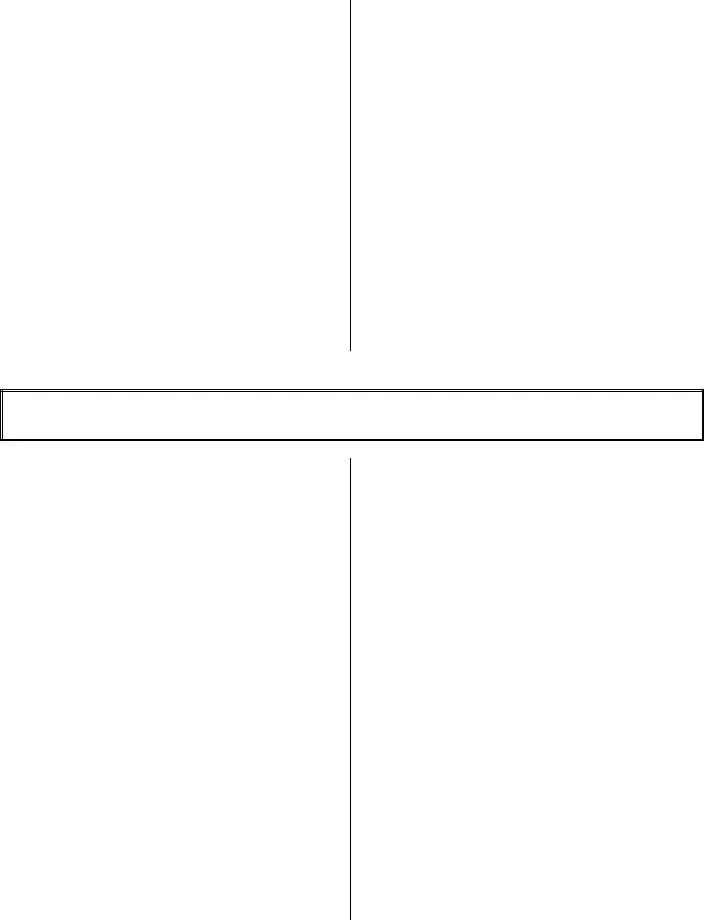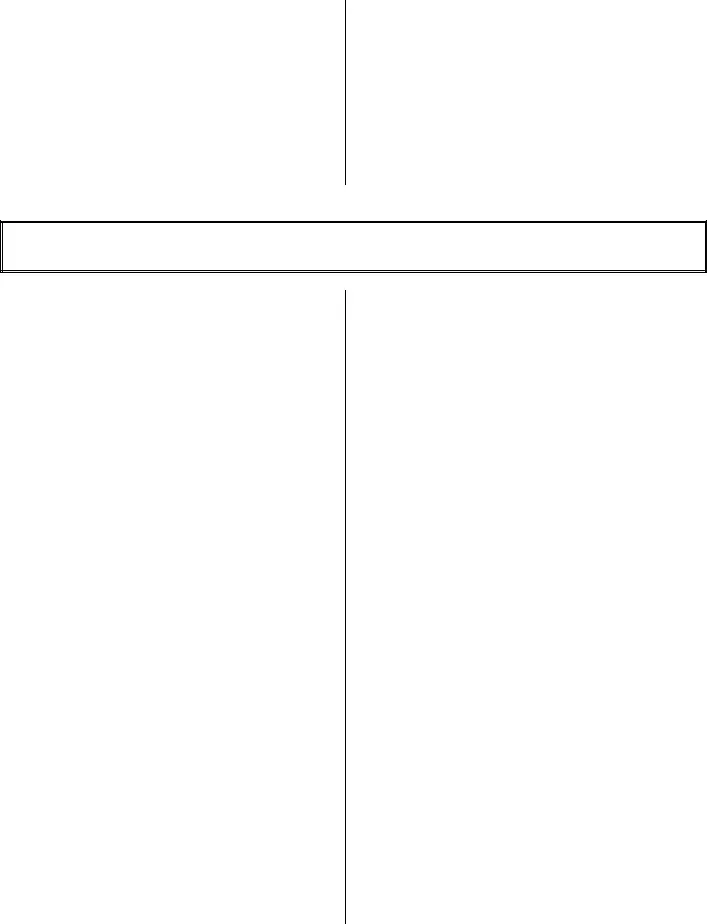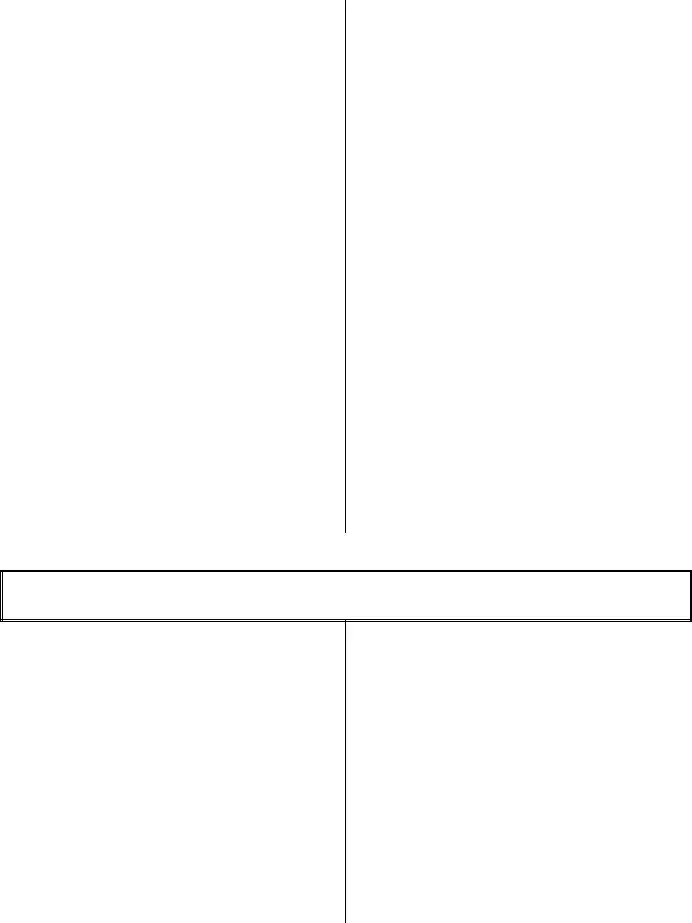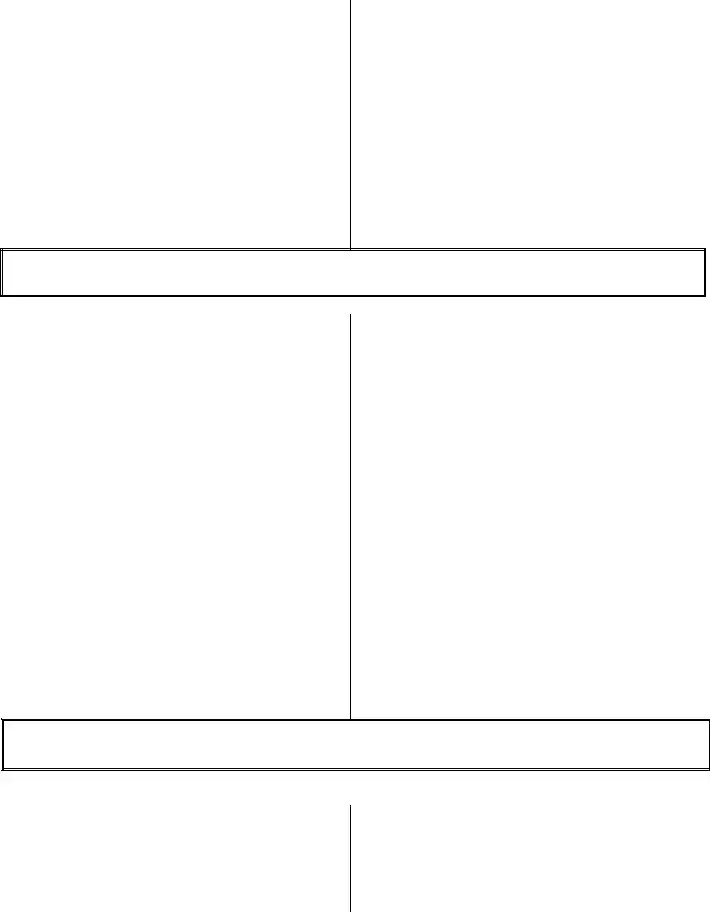Texas Engineering Professional Conduct and Ethics Examination Based on the Texas Engineering Practice Act and Board Rules
There are two ways to take this exam:
1.Download and fill out answer sheet EB-01 as you take this exam. You will also need to download or refer to a copy of the Texas Engineering Practice Act and Board Rules. These documents are available at: http://engineers.texas.gov/downloads.htm#ethics
2.Take the exam online. The exam, answer sheet and the Texas Engineering Practice Act and Board Rules are all available at: http://engineers.texas.gov/ethics_exam_login.php
Authority and Scope: In June 2003, The Texas Engineering Practice Act (Act) was re-codified into the Occupations Code and can now be found under Title 6, Chapter 1001. The Act & board rules govern the practice of engineering in Texas and, among other things, make it a professional and ethical requirement for
engineers to practice “… in conformance with standards, laws, codes, and rules and regulations applicable to engineering.” The Texas Board of Professional Engineers and Land Surveyors (hereafter, “the Board”) consists of five licensed engineers, three public members and one registered land surveyor appointed by the governor. This Board administers the Texas Engineering Practice Act, Professional Land Surveying Act & board rules on behalf of the citizens of Texas. The Board requires this Professional
Conduct and Ethics Examination to help ensure that applicants for an engineering license in Texas have studied their responsibilities – ethical, professional, and legal – and that applicants are aware that guidance is available on these matters.
The objectives of this examination are to:
1.Ensure that an applicant is familiar with the professional practice provisions of the Act and board rules;
2.Promote the Act and board rules as a resource when confronted with professional conduct and ethical decisions;
3.Introduce an applicant to typical ethical and professional practice issues; and
4.Raise awareness that, when necessary, the Board serves as a disciplinary body through its compliance and enforcement powers.
Act and Board Rules: In accordance with these objectives, you will need to refer to a current copy of the Act & board rules as you take the examination, which may be found in electronic copy on the Board’s website at http://engineers.texas.gov/downloads.htm. A complete version of the existing law and rules is on the site. The Texas Engineering Practice Act, as Chapter 1001 is commonly called, was first enacted in 1937 and is amended periodically. The Act contains provisions prescribed by the Texas Legislature to govern the practice of engineering in Texas and protect the public health, safety and welfare in matters related to the practice of engineering. The section of the Act are denoted §1001.XXXX”. The board rules, under Title 22, Chapters 131- 139 of the Texas Administrative Code, are established by the Board to further clarify and prescribe procedures for complying with the Act and are denoted “§13X.YY”. (Example: §137.55)
Examination Format and Responses: You will be asked to consider a series of typical professional conduct and ethics scenarios that may have actually occurred in engineering practice in Texas. Following each scenario, you will be asked one or more questions. Based on the scenario and your review of the Act and board rules, chose the best answer for each of the following questions. Please read each question carefully. It
is important to understand each participants’ role in the scenario and if a rule is applicable to that participant. The exam is open book so you may review and study the rules as you proceed. You must answer at least 23 questions (92%) correctly to satisfy the Board requirements of review of the law and rules through this
Professional Conduct and Ethics Examination. If you are unsuccessful in passing the exam on the first attempt, you will have an opportunity to take the exam again.
P01/revised 11/19
